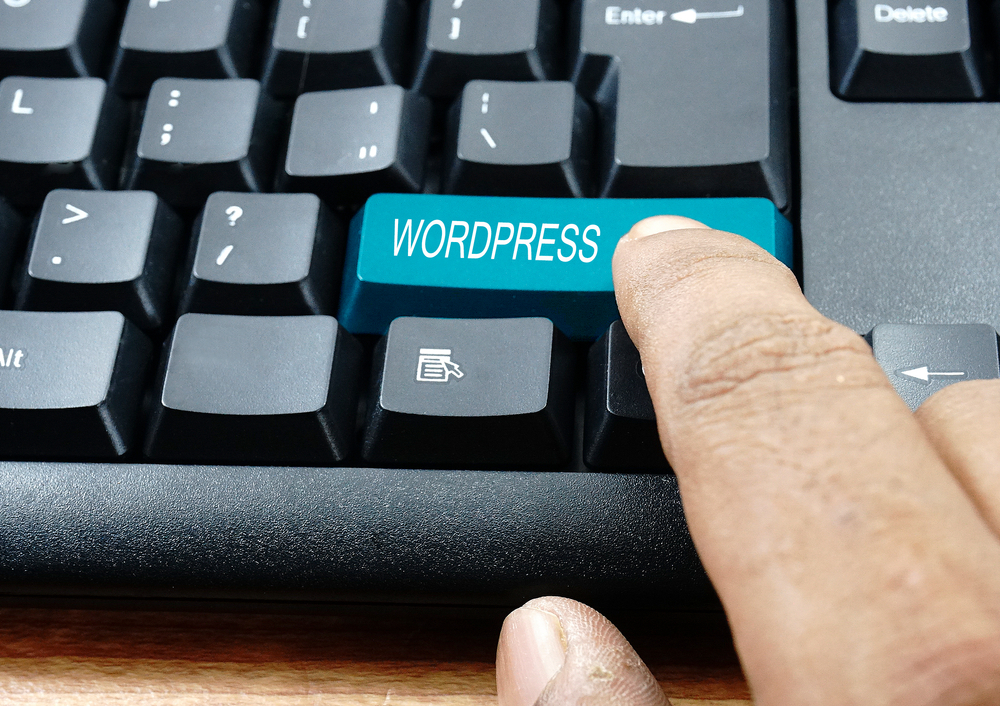
WordPress has become one of the most popular content management systems for creating and managing websites. Its flexibility, user-friendly interface, and vast array of plugins and themes have made it the go-to choice for both beginners and experienced web developers. In this article, we will explore some essential tips and tricks for customizing and maintaining your WordPress (or WP) website, helping you master this powerful platform.
1. Customize Your Theme
One of the first things you'll want to do when setting up your WordPress website is to customize its appearance. WordPress (the platform for bloggers) offers a wide range of themes to choose from, allowing you to find the perfect design for your website. However, a generic theme may not fully reflect your brand or meet your specific needs.
To customize your theme, navigate to the "Appearance" section in your WordPress dashboard and click on "Customize." Here, you can modify various aspects of your website, such as the header, background, colors, and typography. Some themes even offer advanced customization options, allowing you to tweak the layout and design to your liking.
2. Use Plugins Wisely
Plugins are one of the key features that set WordPress (the blogging platform) apart from other content management systems. These small software extensions allow you to add additional functionality to your website without the need for coding. However, using too many plugins or poorly coded ones can slow down your website and even introduce security vulnerabilities.
Before installing a plugin, consider whether you truly need its functionality. Research its reviews and ratings, and check if it's compatible with the latest version of WordPress (WP) . Additionally, regularly update your plugins to ensure compatibility and security.
3. Optimize Your Images
Large images can significantly slow down your website, leading to a poor user experience and lower search engine rankings. Before uploading an image to your WordPress media library, make sure it's optimized for the web. There are several plugins available that can automatically compress and resize your images without sacrificing quality.
In addition to using plugins, you can also manually optimize your images before uploading them. Use image editing software to resize them to the desired dimensions and save them in a web-friendly format such as JPEG or PNG.
4. Back Up Your Website Regularly
Backing up your website is a crucial task that should not be overlooked. Accidents happen, and your website can be vulnerable to hacking, server failure, or human error. By creating regular backups, you can restore your website to a previous working state quickly and easily.
WordPress offers various backup plugins that automate the process. These plugins can schedule regular backups and store them on external platforms such as cloud storage or send them to your email. Take advantage of these tools to protect your website and its valuable content.
5. Secure Your Website
WordPress is a popular target for hackers due to its widespread usage. To protect your website from potential threats, it's essential to take security measures. Start by using strong and unique passwords for your WordPress admin account and any associated email addresses.
Consider installing a security plugin that will monitor your website for vulnerabilities, detect any malicious activity, and provide detailed reports. Furthermore, regularly update your WordPress core, themes, and plugins to patch any security vulnerabilities that may exist in older versions.
Frequently Asked Questions
1. Can I change my theme after creating content on my WordPress website?
Yes, you can change your theme at any time without affecting your existing content. However, it's important to note that switching themes may alter the appearance and structure of your website. Before making any changes, it's recommended to thoroughly test new themes and create a backup of your website.
2. Is it safe to use free WordPress plugins?
The safety of free WordPress plugins depends on various factors. While many free plugins are well-maintained and secure, others may contain vulnerabilities or be poorly coded. It's crucial to carefully research and review the plugins before installing them, ensure they come from reputable sources, and regularly update them to fix any security issues.
3. How often should I update my WordPress website?
Regular updates are essential for maintaining the security and performance of your WordPress website. You should update your WordPress core, themes, and plugins as soon as new versions are available. It's a best practice to check for updates at least once a week and perform them promptly to stay protected against potential vulnerabilities.
4. Will optimizing images affect their quality?
Proper image optimization should not significantly impact the quality of your images. There are various image optimization techniques that reduce the file size without noticeably degrading the visual quality. By utilizing these methods, you can ensure your website loads quickly while maintaining image clarity and sharpness.
5. How can I recover my website from a backup?
To recover your website from a backup, you'll need to access the backup files and restore them to your server. The process can vary depending on the backup plugin or service you use. Most plugins offer a restoration option within their settings, allowing you to select the desired backup and initiate the restoration process. If you're unsure, consult the documentation provided by your backup plugin or contact their support team for assistance.
Mastering WordPress takes time and practice, but with these essential tips and tricks, you'll be well on your way to customizing and maintaining your website with ease. Remember, always stay up to date with the latest WordPress developments, regularly back up your website, and prioritize security to ensure a smooth and secure online presence.
Other useful resources
- https://en.wikipedia.org/wiki/WordPress